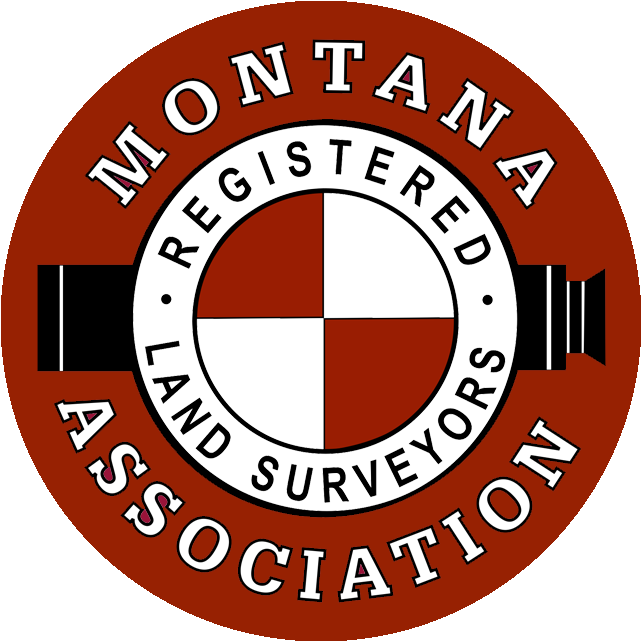About the RMCRS
The Rocky Mountain Coordinate Reference System is based on a group of low distortion map projection coordinate systems. Low distortion projections are based on true conformal map projections designed to cover significant portions of urban and rural areas of the state. The term ‘low distortion’ refers to both the horizontal distortion from presenting a curved surface on a plane and the vertical distortion because these projections are also scaled to a regional height representative of the area to be covered. The advantages of a low distortion projection are;
- Grid coordinate zone distances closely match the same distance measured on the ground.
- Limited distortion and reduced convergence angle.
- Easy to transform between other coordinate zone systems.
- Maintains a relationship to the National Spatial Reference System (NSRS).
- Can cover entire cities, reservations, and counties making them GIS friendly.
History
The utilization of electronic survey data by surveyors and GIS professionals is bringing awareness of the need to better deal with measurements on the earth and their representation in databases and on paper. Modern GIS and surveying software now brings the opportunity to create low distortion map projections and coordinate systems that can relate closely to measured distances on the ground. The function of low distortion projections is to minimize the distortions of angles, azimuths, distances, and areas. These distortions are ever present as we live on a spheroid and it is impossible to represent a curved surface on a plane. We must account for that distortion by creating a mathematical model map projection that will allow us to work in a coordinate grid where calculated positions and distances are represented closely by the same positions and distances we measure on the ground. For GIS professionals, low distortion projections may now demonstrate that ‘rubber-sheeting’ data sets to make things fit is no longer necessary. Both survey and GIS data can co-exist without either dataset being degraded.
The Rocky Mountain Tribal system is based on work done by the Oregon Technical Development Team. The Oregon group blazed the trail and shared information freely. Without their leadership, guidance, and templates we would not have known where to begin.
Distortion Overview Maps
Montana 1
Billings, Fort Peck Sioux, St. Mary
Montana 2
Blackfeet, Crow, Fort Peck Assiniboine
Montana 3
Bobcat (Bozeman), Milk River
Montana-Wyoming
Fort Belknap, Wind River
Carlson: Instructions
Leica: Instuctions
Topcon: Instuctions
Trimble: custom.csd – The current custom.csd is for Trimble’s Coordinate System Manager program; see the README file and User Guide for instructions
2017 MARLS Conference – Bozeman, MT
Ground Truth: Optimized Design of Low Distortion Projections
Presented by Michael L. Dennis, RLS, PE
Michael Dennis, RLS, PE
[email protected]
https://geodetic.xyz/
(928) 322‐0956
Wallace J. Gladstone, PE, LS, CFedS
Business Unit Leader
1301 Division Street, Billings Montana 59101
Direct 406-206-5199 Cell 406-794-1893
www.neciusa.com



